A Norwegian White Christmas
This month marks the 75th anniversary of an important military operation which paved the way for true ‘combined operations’ involving the Royal Navy, RAF and Army; an operation in which two members of the Royal College of Veterinary Surgeons took part.
In 1941 Vaagso, a coastal town in Southern Norway, lying between Trondheim and Bergen, was an important part of the German defences of the Norwegian coast. It also housed numerous fish oil refineries, producing oil that was used in the manufacture of explosives. In late December a seaborne raid was launched, attacking the town and destroying defences and the refineries. The troops were from the still ‘embryonic units’ of Army Commandos. They were led by Colonel John Durnford Slater, whose signals officer was Captain Charles Head, MRCVS.

Charles Head MRCVS
Charlie Head graduated from the Royal Veterinary College in 1933, and immediately joined his father Alfred (who had served with the Army Veterinary Corps in both the Boer War and World War 1) in practice in Helston, Cornwall. At the outbreak of war, already a member of the Territorial Army, he joined the Commandos. In March 1941 he took part in the commando raid on the Lofoten Islands, off the coast of Norway, which resulted in the destruction of a number of enemy facilities and the capture of valuable information relating to the German enigma coding machine.
The flotilla bound for Vaagso departed from Scapa Flow on Christmas Eve. Just over 550 troops landed at Vaagso at 9am on 27 December, they soon met fierce opposition. No. 3 Troop was quickly engaged in fierce house-to-house fighting and their commanding officer was killed, along with three soldiers. One of those was Private Peter Keast MRCVS.
Born and raised in south London, Peter Keast entered the Royal Veterinary College, London in 1933, but in July 1936, was suspended, having ‘failed or been referred in one examination three times.’ Still wishing to qualify as a veterinary surgeon, he secured a place the Royal Veterinary College in Ireland, Dublin, and graduated MRCVS in December 1939. With Britain at war, he returned to London, where he soon became frustrated with the reservation of the veterinary profession which precluded men like him from serving out-with their professional role. With no real opportunities to serve in his professional capacity he finally managed to enlist as a soldier, and subsequently applied successfully to join the Commandos.
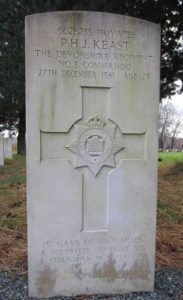
Headstone of Peter Keast MRCVS
Keast’s actions at Vaagso were reported in The Daily Telegraph of 5 January 1942, under the heading ‘Commando’s Vain Sacrifice. Vaagso Raid’; it described how
‘a 25 year old commando, Peter Keast, a veterinary surgeon of Tooting, London lost his life in a vain attempt to save a sergeant on the road at Vaagso.’
The account had been sent to his father by an officer who saw him die. That officer had just seen his own brother killed when Keast was hit:
‘He got it trying to save the section sergeant, Povey, who was also killed. Thank heaven it was instant.’ ‘“Doc” as the chaps called Keast, was one of the best men in the troop, always cheery and helpful.’
Peter Keast is buried in Trondheim (Stavne) Cemetery where his headstone has the inscription ‘He gave up his career. A volunteer to fight for a Christian way of life.’
At the time that Keast was mortally wounded, Charlie Head was accompanying his commanding officer as they continued to engage the enemy. Quite fortuitously they arrested a Norwegian man barricaded in a house; he turned out to be a high ranking member of the local, Nasjonal Samling (The Norwegian Fascist Party, established by Vidkun Quisling) and one of the men identified as being of high priority for capture. With his commanding officer, Charlie Head was the last to re-embark on the landing craft, some 5 hours after coming ashore. He received a Mention in Despatches, the citation reading:
‘The task facing Head was complicated but he never allowed a quickly changing position to confuse him or prevent a continuous flow of information. He proved most steady and reliable at all times and was of the greatest assistance to his Commanding Officer.’

Charles Head with wife and family in1953
Charlie Head was soon back in action at the ill-fated Dieppe Raid in 1942 and then at the landings on Sicily in 1943. Here he was badly wounded, and his gallantry was recognised by the award of the Military Cross. He landed on the beaches of Normandy on D-Day in June 1944, with his injured leg in a calliper, determined to play his part in the liberation of Europe. When the war was over, he returned to veterinary practice in Helston. A son, born in 1947, and also a graduate of the Royal Veterinary College, continued the family veterinary tradition.
Acknowledgements I would like to thank Dr Paul Watkins MRCVS for his help in compiling this post.
Image credits
Thanks to John Head MRCVS for kind permission to use pictures of his late father, Charles Head, MC, MRCVS

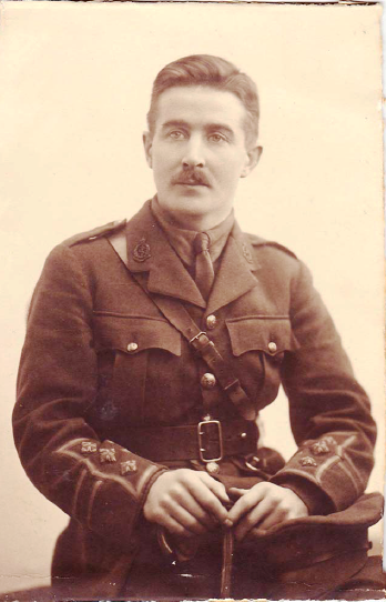
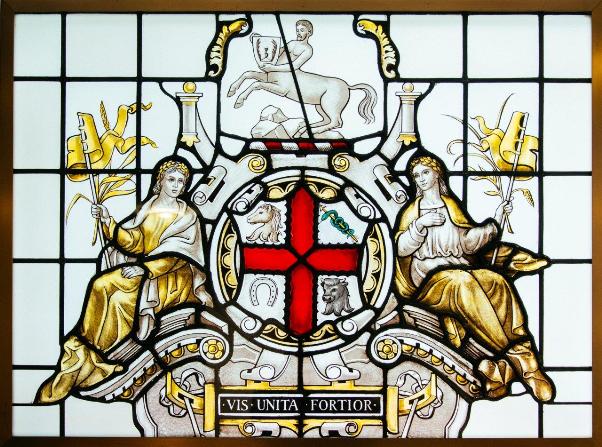
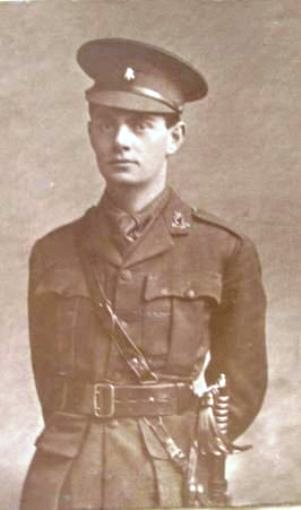
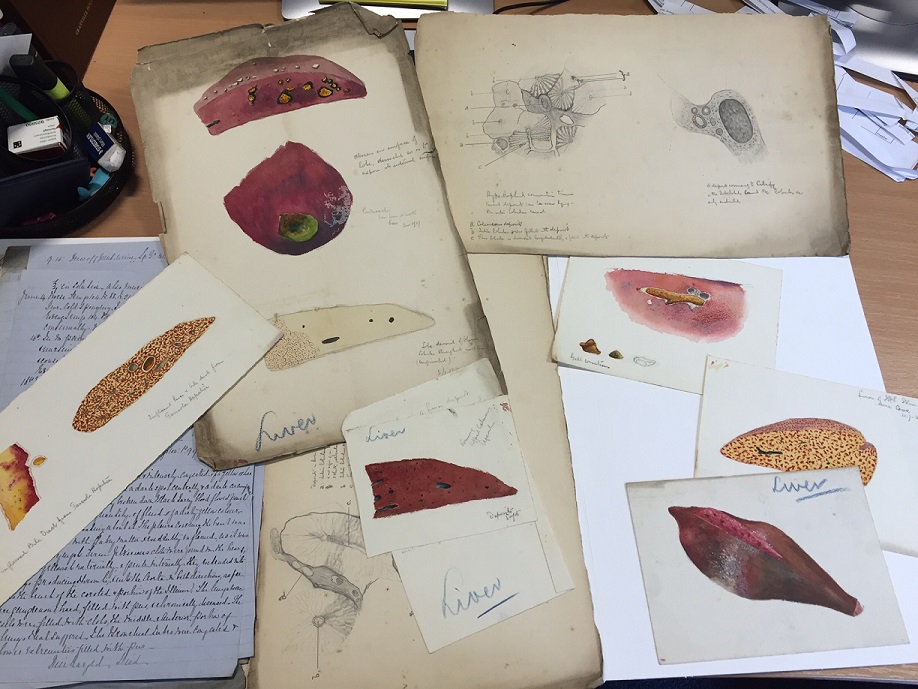
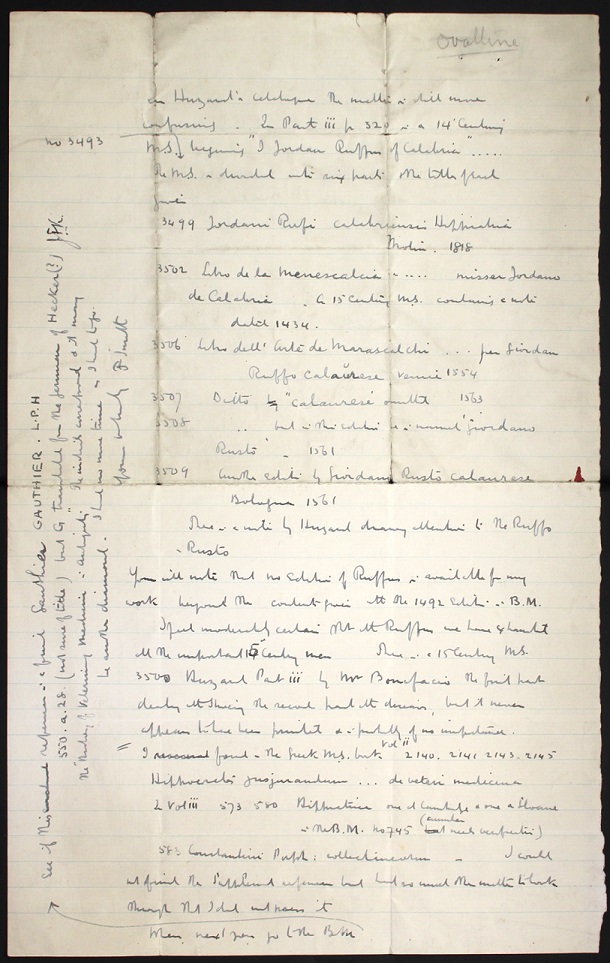
Leave a Reply
Want to join the discussion?Feel free to contribute!